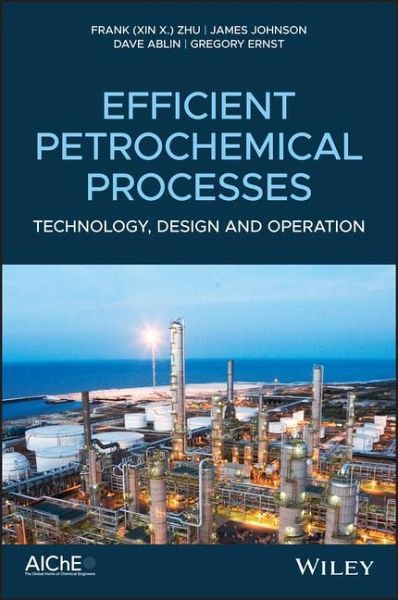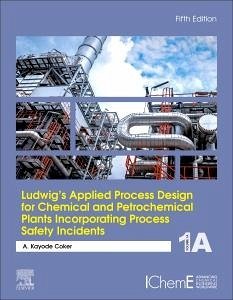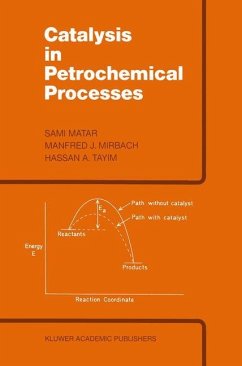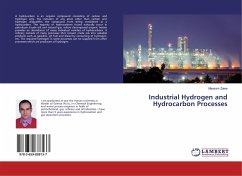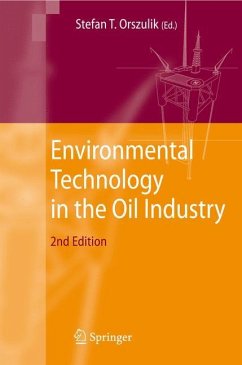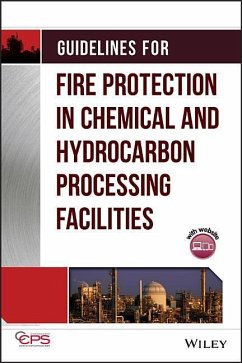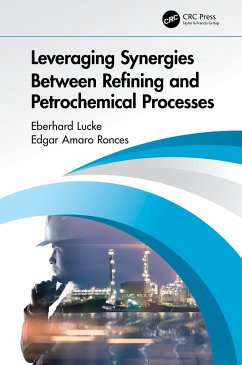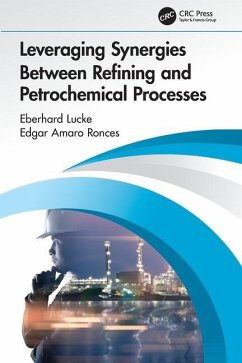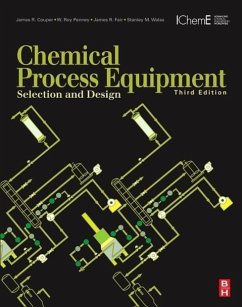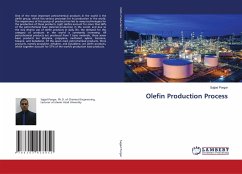Efficient Petrochemical Processes
Technology, Design and Operation
Versandkostenfrei!
Versandfertig in über 4 Wochen
Weitere Ausgaben:

PAYBACK Punkte
79 °P sammeln!




Efficient Petrochemical Processes
FRANK (XIN X.) ZHU, PHD, is Senior Fellow at Honeywell UOP, Des Plaines, Illionis. He is a leading expert in industrial process design, modeling, and energy efficiency. He holds 60 US patents; is the co-founder for ECI International Conference: CO2 Summit and the recipient of AIChE Energy Sustainability Award. JAMES A. JOHNSON is the Director of Petrochemical Development in the R&D Department of Honeywell UOP. He has authored several publications and holds 36 US patents. DAVID W. ABLIN was a Fellow at the Aromatics Technology Center of Honeywell UOP before retiring in 2016. He holds 14 U.S. patents and earned several UOP Engineering awards. GREGORY A. ERNST is a Technology Specialist at Honeywell UOP, focusing on aromatics technologies with experience in commissioning, field services, and on-site troubleshooting of operating plants.
Produktdetails
- Verlag: Wiley
- Seitenzahl: 432
- Erscheinungstermin: 26. November 2019
- Englisch
- Abmessung: 277mm x 226mm x 23mm
- Gewicht: 1420g
- ISBN-13: 9781119487869
- ISBN-10: 1119487862
- Artikelnr.: 56711510
Herstellerkennzeichnung
Libri GmbH
Europaallee 1
36244 Bad Hersfeld
gpsr@libri.de
Für dieses Produkt wurde noch keine Bewertung abgegeben. Wir würden uns sehr freuen, wenn du die erste Bewertung schreibst!
Eine Bewertung schreiben
Eine Bewertung schreiben
Andere Kunden interessierten sich für



